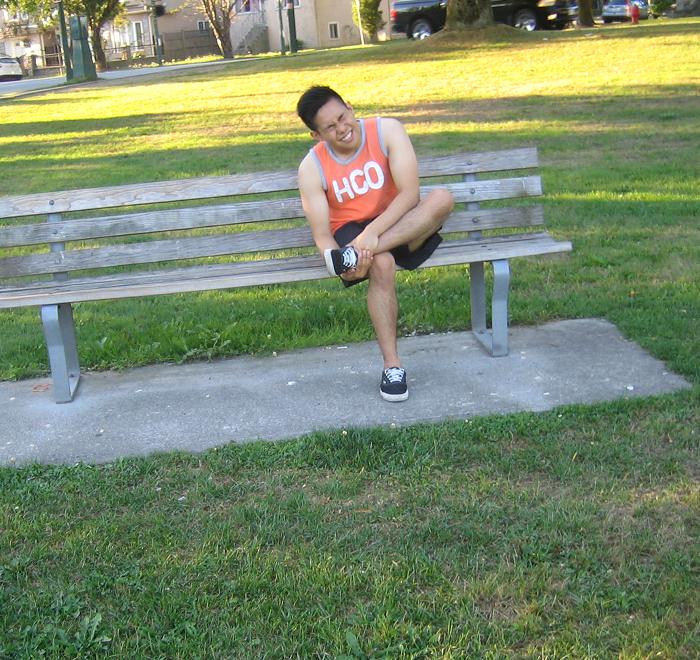Metatarsalgia is a condition where the metatarsal area of the foot is painful, swollen and inflamed. The metatarsal is the ball of the foot located behind the toes and pain can be felt behind the toe. Pain can become severe and can spread up to the base of the foot. There is numbness, tingling sensation and formation of calluses in the affected area. This condition can be due to wearing ill-fitting shoes and poor posture. It is usually caused by women wearing high heeled shoes that place plenty of pressure on the ball of the foot and results to metatarsalgia.
This condition is usually common in athletes due to excessively putting stress on the bones by jumping, running and other activities that involves severe impact in the sole and metatarsal ball. Metatarsal pain becomes worse while running, walking and also standing for a long time where the bone has to bear the weight of the body.
Causes
- Severe physical straining and stress placed on the metatarsal bone due to the inflammation of the tissue and bone.
- Wearing tight or high heel shoes which are common among women. It places so much pressure and strain on the metatarsal bone usually while walking. This also occurs when wearing tight fitting shoes.
This condition is usually common in athletes due to excessively putting stress on the bones by jumping, running and other activities that involves severe impact in the sole and metatarsal ball. - Foot deformities such as claw toe or hammer toe can cause metatarsalgia.
- Being overweight can result to swelling and pain in the metatarsal area.
- As the person grows old, the fat found under the sole that gives cushion to the bones becomes thin and susceptible to strain.
Symptoms
- Formation of callous on the affected area
- Burning pain that spreads to the toes
- A sensation as if walking on a pebble
- Severe pain when walking barefoot on hard surfaces
Treatment of metatarsalgia
- Stop wearing ill-fitting shoes or high heels shoes. Switch to flat-heeled shoes and those that properly fit.
- Take oral pain medications in order to help minimize the pain and swelling of the area.
- Take plenty of rest in order to help lessen the pain and prevent making the condition worse. Keep the foot straight on bed when sitting and avoid resting the legs on the floor when sitting. This helps lessen pain and promote fast healing of the inflamed tissue.
- Wear orthopedic devices for footwear in order to help correct the arch or over pronation of foot while walking and also minimizes pressure off the ball of the foot. Use insoles that help in absorbing stress and strain due to strenuous physical activities.
- Apply an ice pack if there is severe swelling and redness of the affected area in order to make the area numb and lessen pain and swelling for a few minutes at least 2-3 times every day.
- Massage the sole using coconut oil since it helps in increasing the circulation of blood in the area and for fast healing of the injured part of the foot.
FACT CHECK
https://www.medicalnewstoday.com/articles/190431.php
https://www.webmd.com/a-to-z-guides/metatarsalgia#1
https://www.mayoclinic.org/diseases-conditions/metatarsalgia/symptoms-causes/syc-20354790

